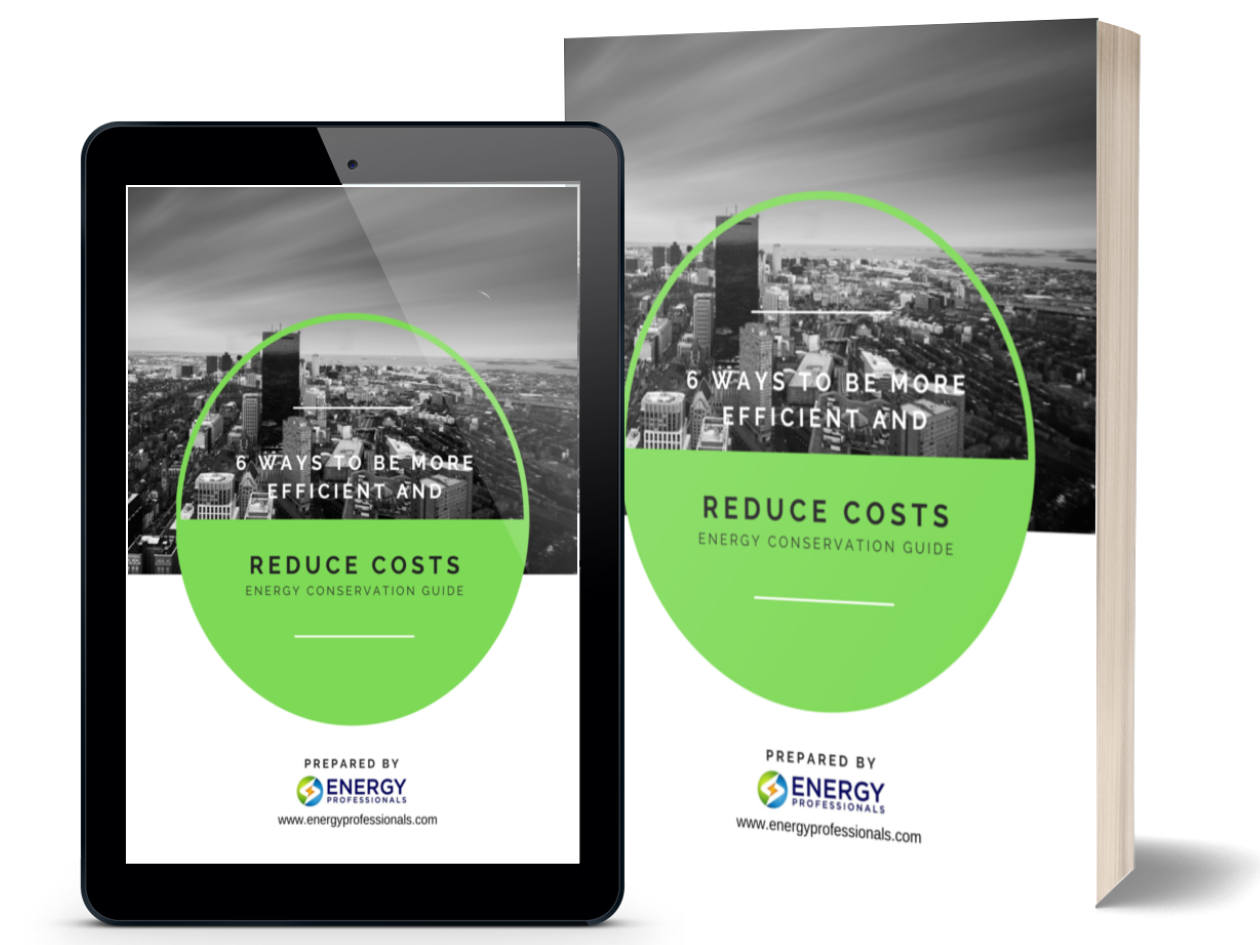Utility Customers Pay for Pandemic Costs
With many U.S. businesses stuck at a standstill for the first several months of 2020, and now finally operating at

With many U.S. businesses stuck at a standstill for the first several months of 2020, and now finally operating at
With many U.S. businesses stuck at a standstill for the first several months of 2020, and now finally operating at reduced capacities if operating at all, the coronavirus pandemic has not only left many businesses in an unprecedented financial crisis but it’s also put our public funds in turmoil.
Due to reduced tax payments, many city councils and state legislators are needing to decide which public services to trim or cut – health and medical, education, public safety, and so on. None are easy choices but until the economy recovers, there’s a lot of things we’ll need to start doing without. Exempt from a lot of the financial dilemma, however, are the public utility companies.
You would think that just like our businesses, and our governments are needing to figure out ways to remain afloat by reducing expenses, the electrical utility companies are not. That’s because when it comes to public utilities, it’s quite a different picture. To understand this, let’s back up a little bit and look at how they are structured.
No doubt that with businesses shut down across America, the electrical utility companies have seen a drop in electrical demand. In fact, the Energy Information Administration (EIA) predicts that by the end of 2020, U.S. energy consumption will have reduced by 7% in the commercial sector alone, making it the biggest annual percentage drop in electricity sales in over 20 years. Despite this major drop in electrical usage and demand, electrical utility companies remain in pretty good financial shape because, by regulation, their businesses are “insulated” from the pandemic.
Let us explain,
Decades of energy regulation allow public utilities to make up for unexpected financial losses today by adjusting the rates they charge for electricity in the future. This regulation is aimed at ensuring utilities continue to deliver electricity, safely, to homes and businesses no matter what’s happening. However, these same rules allow the utilities to face the pandemic pretty much unscathed knowing they will be recuperating any losses by charging more in the future.
One of the most common methods utilities use to stay profitable is called decoupling. In public utility regulation, decoupling means to separate a utility’s profits from the sales of electricity as a commodity. This allows public utilities to adjust and align their rate of return with meeting revenue targets, adjusting rates up or down to ensure the targets at the end of the adjustment period are met. Many states have adopted this method.
This regulation isn’t just pandemic proof. If energy demand slows down, let’s say because homes and businesses start to use energy more efficiently, many states will decouple their rates, increasing them accordingly to ensure they meet whatever financial target had been set for that period.
Other regulations also exist, allowing utilities to increase rates when costs rise in response to an emergency. Other regulations again, allows rates to increase when electrical demand increases or usage spikes, such as hot summers or cold winters that increase electrical demand to cool or heat homes and businesses.
In the current pandemic, decoupling regulations, have allowed utilities to focus on maintaining reliable services in place, that are more important now than ever. These regulations have also allowed utilities to help customers get through the pandemic, offering more lenient plans for those who are unable to pay their bills right away. This is something that most essential service providers have not been able to do.
While decoupling provides short term benefits, the utilities are not dishing out free electricity. Soon the bills will come due and to compensate for reduced energy usage during the pandemic, increased rates will allow public utility companies to meet financial targets.
Utility companies should take this opportunity to review existing regulations and mechanisms and figure out better ways to distribute their burden and consider alternate approaches, that don’t burden their customers with higher and higher rates.
And, given how slow the regulatory process can be, now is the time for regulators to begin taking a closer look at how utilities will pay pandemic or emergency bills and how they will do it in a way that does not make you the customer pay for their inefficiencies.


Don't have one? You can get one by calling us at 855-4-PKIOSK.
Energy Professionals is committed to finding its customers the best possible rates on electricity and natural gas. Tell us your location and service type and our energy manager will connect you to the most competitive offers.
Switching to an alternate supplier is easy. There is no chance of service disruption, and you'll continue with your current utility for energy delivery and emergency service. Take a few minutes to discover your best offers, and enjoy the benefits of retail energy in your home or business.
1. Energy Type
2. Service Type
3. Zip Code
4.Local Company
5.Zone
We believe that knowledge is power. Here’s a free e-book that provides business solutions to reducing energy costs.
Download E-Book Free Energy Audit




